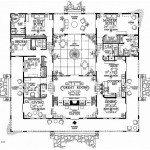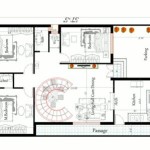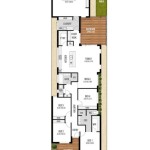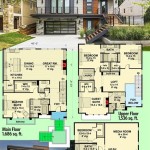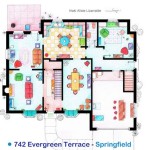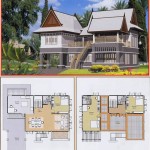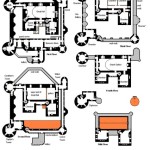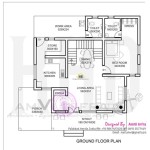Simple Housing Plans Designs: The Ultimate Guide to Essential Elements
When designing a simple housing plan, it's crucial to consider essential aspects that contribute to both functionality and aesthetic appeal. By incorporating these key elements, you can create a home that meets your needs, enhances your daily life, and stands the test of time.
Flow & Circulation: Smooth Transitions
A well-designed floor plan ensures smooth flow and circulation throughout the house. Consider the natural movement patterns within the space, creating seamless transitions between rooms and avoiding any bottlenecks. Proper circulation enhances accessibility, reduces congestion, and improves the overall functionality of your home.
Natural Light & Ventilation: Bright and Airy Spaces
Maximize natural light by incorporating large windows, skylights, and glazed doors. Natural light not only illuminates your home but also has mood-boosting effects and reduces energy consumption. Additionally, plan for ample ventilation to ensure fresh air circulates throughout the space, promoting a healthy and comfortable living environment.
Spaciousness & Functionality: Room to Breathe and Efficiency
When designing a simple housing plan, focus on creating a balance between spaciousness and functionality. Each room should have sufficient floor area to accommodate its intended purpose without feeling cramped. Additionally, plan for built-in storage solutions to declutter the space, maximizing both visual appeal and practicality.
Outdoor-Indoor Connection: Bringing Nature In
Connecting your indoor living spaces to the outdoors can create a sense of spaciousness and tranquility. Incorporate large sliding doors or windows that lead to a patio, deck, or garden. This seamless transition between indoor and outdoor areas enhances natural light and ventilation while providing a refreshing connection to nature.
Energy Efficiency: Saving Costs and Reducing Impact
Incorporate energy-efficient features into your simple housing plan to save on utilities and minimize your environmental impact. Consider installing energy-efficient windows and appliances, utilizing solar panels or geothermal heating, and implementing passive design principles to reduce energy consumption. By incorporating these measures, you can create a more sustainable and cost-effective home.
Customization & Personalization: Making It Your Own
Your home should reflect your style and accommodate your unique needs. Personalize your simple housing plan by selecting finishes, fixtures, and color schemes that align with your preferences. Consider adding custom built-ins or architectural details to create a unique and inviting space that truly feels like home.
Professional Guidance: Seek Expert Advice
While simple housing plans can be designed independently, it's highly recommended to consult with a qualified architect or designer. They can provide professional guidance, ensuring your plan meets building codes, structural requirements, and your aesthetic preferences. A professional can also help refine the design, maximizing functionality and optimizing the use of space.

Simple House Plans 3 Room Design Nethouseplans Small Blueprints Budget

Est House Plans To Build Simple With Style Blog Eplans Com

Simple House Plan Design With Garage

Low Budget Simple House Design Plans For Builders Blog Builderhouseplans Com

Simple House Plans Blog Homeplans Com

Est House Plans To Build Simple With Style Blog Eplans Com

Small House Designs Shd 2024003 Pinoy Eplans

Low Budget Simple House Design Plans For Builders Blog Builderhouseplans Com

Low Budget Simple House Design Plans For Builders Blog Builderhouseplans Com

Simple 2 Y House Design With Floor Plan 32 X40 4 Bed Plans

